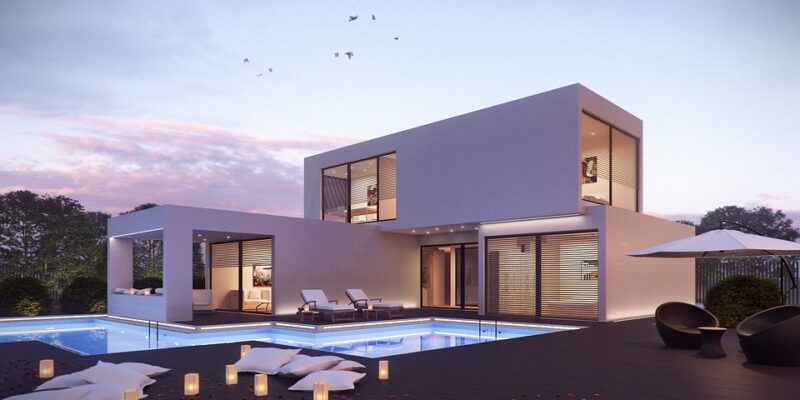Mastering Photorealistic Rendering Techniques in 3D Design
Introduction
In the world of 3D design, photorealistic rendering is the ultimate goal for many artists and designers. Creating images that are indistinguishable from photographs requires a deep understanding of the technical aspects of rendering as well as a keen eye for detail and aesthetics. In this article, we will explore some key techniques that can help you master the art of photorealistic rendering in 3D design.
Understanding Lighting
One of the most important aspects of creating photorealistic images is getting the lighting right. In the real world, light interacts with surfaces in complex ways, creating shadows, reflections, and highlights that give objects their appearance. In 3D design, replicating this behavior accurately is crucial for achieving photorealism.
To create realistic lighting in your renders, make sure to pay attention to the intensity, color, and direction of light sources. Experiment with different types of lighting setups, such as natural sunlight, artificial lamps, and ambient lighting, to see how they affect the look of your scene. Additionally, consider using tools like Global Illumination and Ambient Occlusion to simulate indirect lighting and shadows, which can greatly enhance the realism of your renders.
Materials and Textures
In addition to lighting, the materials and textures applied to objects in your scene play a crucial role in achieving photorealism. Different materials interact with light in unique ways, causing them to reflect, refract, or absorb light differently. By carefully choosing and adjusting materials in your 3D modeling software, you can create surfaces that look like their real-world counterparts.
When creating materials, pay attention to properties like reflectivity, roughness, and translucency to mimic real-world surfaces accurately. Use image-based textures and procedural shaders to add detail and variation to surfaces, creating a more convincing appearance. Additionally, consider using tools like displacement mapping and bump mapping to simulate surface imperfections and add depth to your materials.
Camera and Composition
The camera and composition of your scene also play a significant role in achieving photorealistic renders. Just like in photography, the placement of the camera, focal length, and depth of field can greatly impact the overall look of your image. By experimenting with different camera settings and compositions, you can create visually compelling renders that draw the viewer in.
When setting up your camera, consider factors like framing, perspective, and aspect ratio to create a visually appealing composition. Experiment with different angles and viewpoints to find the best way to showcase your scene and highlight its key features. Additionally, use depth of field and camera effects like motion blur and lens distortion to add realism and depth to your renders.
Post-processing and Rendering
Once you have set up your scene with realistic lighting, materials, and camera settings, the final step is to render your image and apply post-processing techniques to enhance its appearance. In the rendering process, make sure to use high-quality settings and adjust parameters like resolution, anti-aliasing, and ray tracing to achieve a clean and crisp image.
After rendering, use image editing software like Photoshop or Affinity Photo to fine-tune the colors, contrast, and sharpness of your image. Consider adding effects like vignetting, lens flare, and color grading to enhance the mood and atmosphere of your scene. Additionally, experiment with compositing techniques to blend multiple renders or create visual effects that are difficult to achieve in 3D software alone.
Conclusion
Mastering photorealistic rendering techniques in 3D design requires a combination of technical skill, artistic vision, and attention to detail. By understanding the principles of lighting, materials, camera, and post-processing, you can create renders that are indistinguishable from photographs and captivate viewers with their realism. Experiment with different techniques, tools, and workflows to find the style that best suits your vision and push the boundaries of what is possible in 3D design. With practice and dedication, you can master the art of photorealistic rendering and create stunning images that showcase your creativity and talent.
